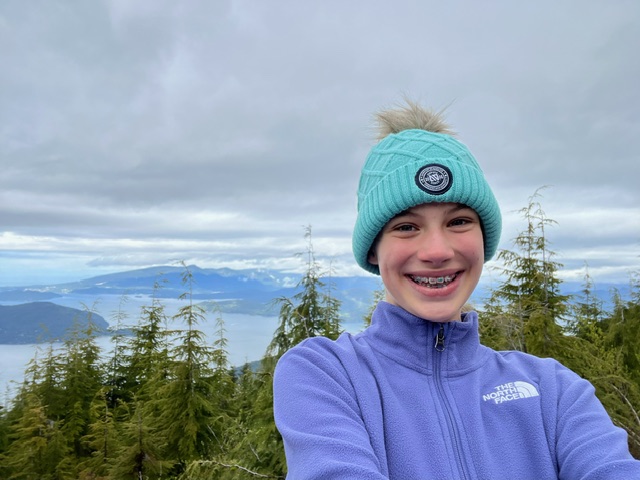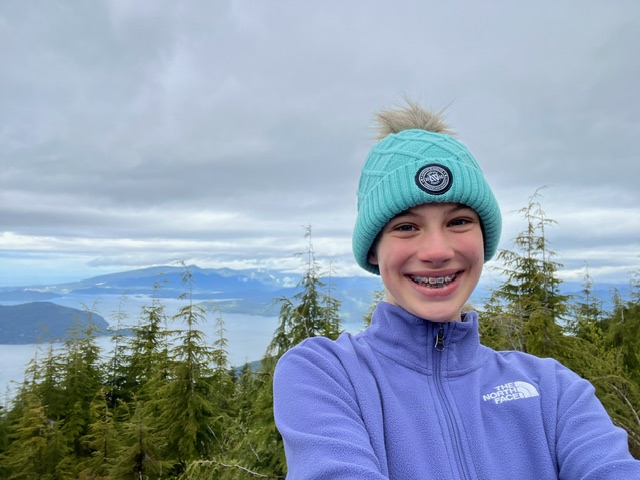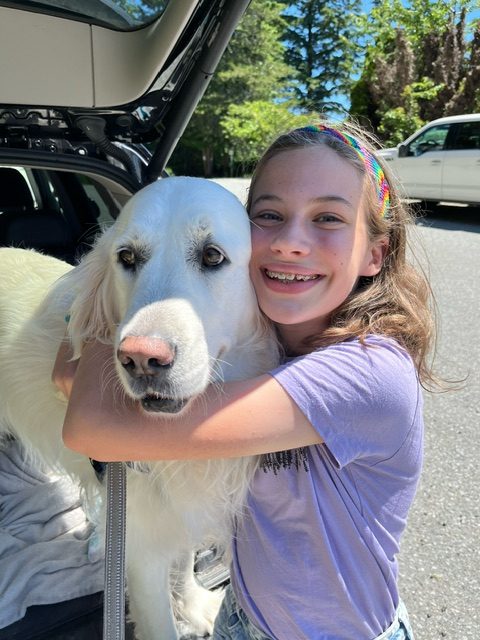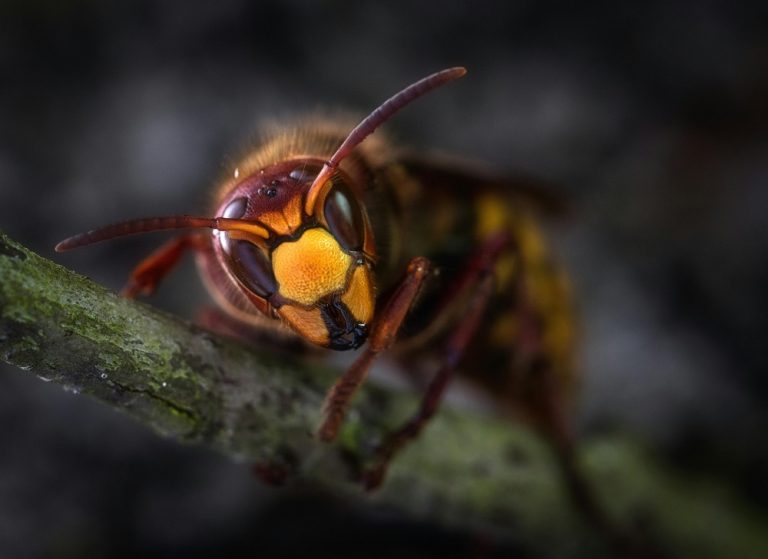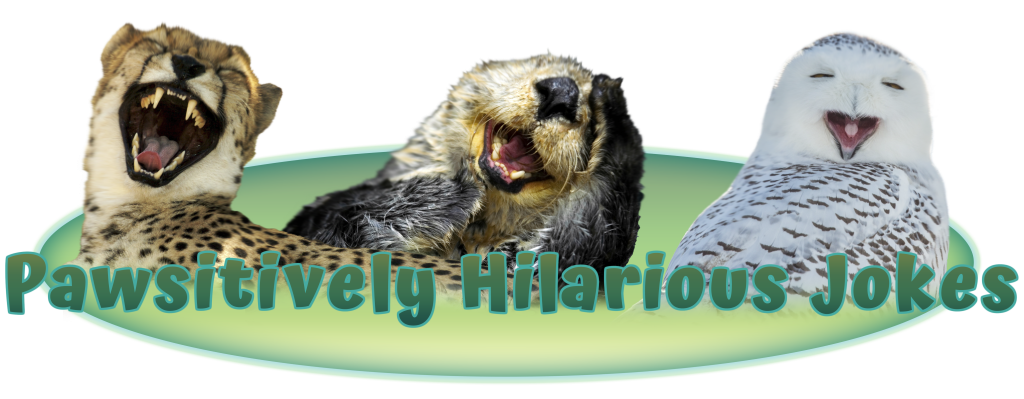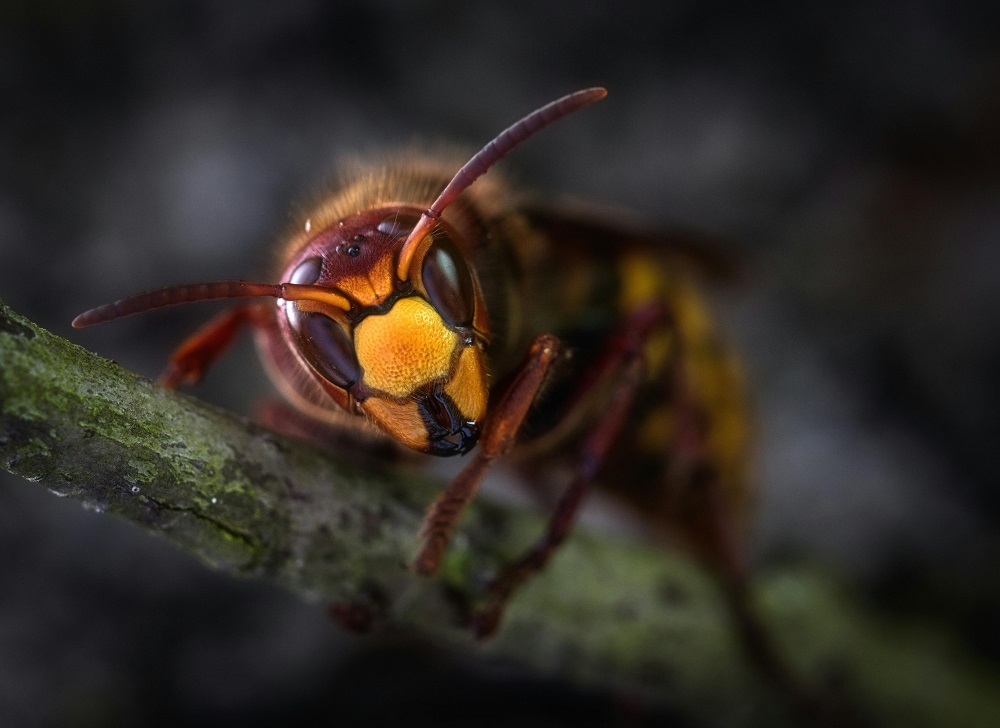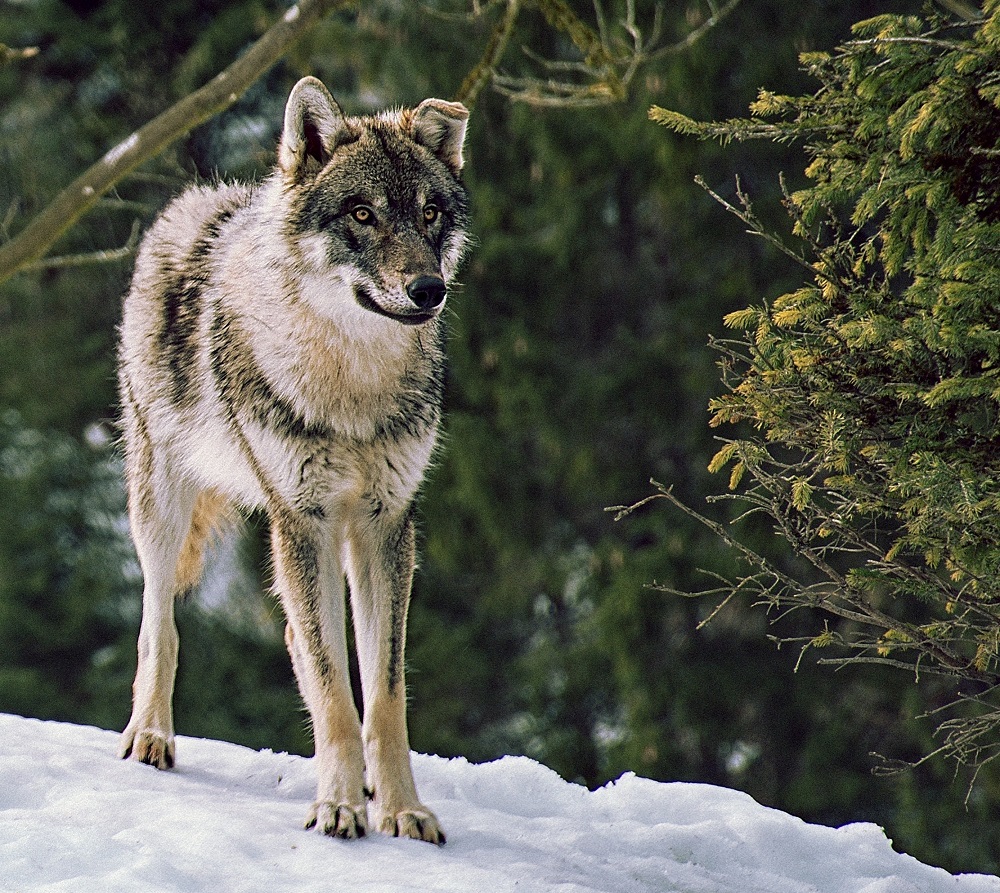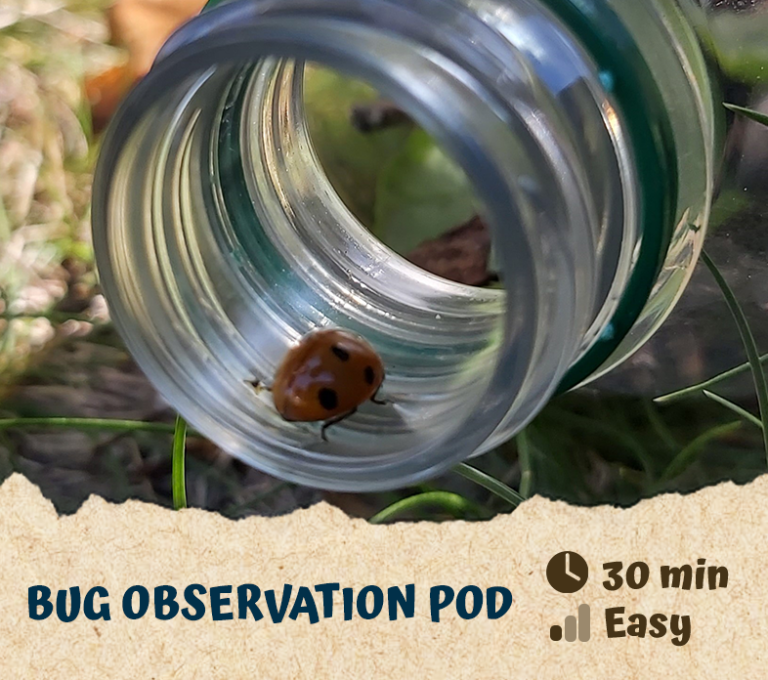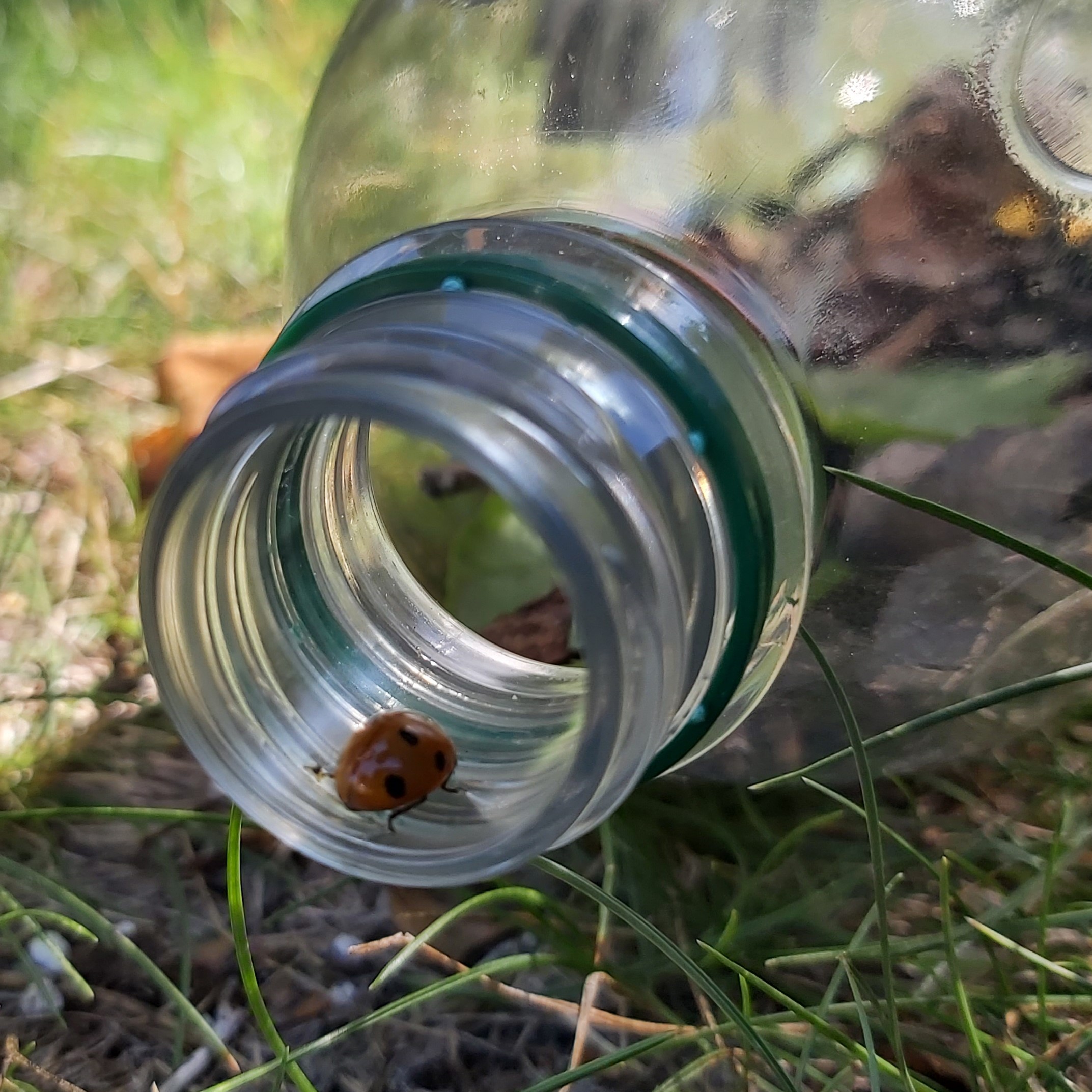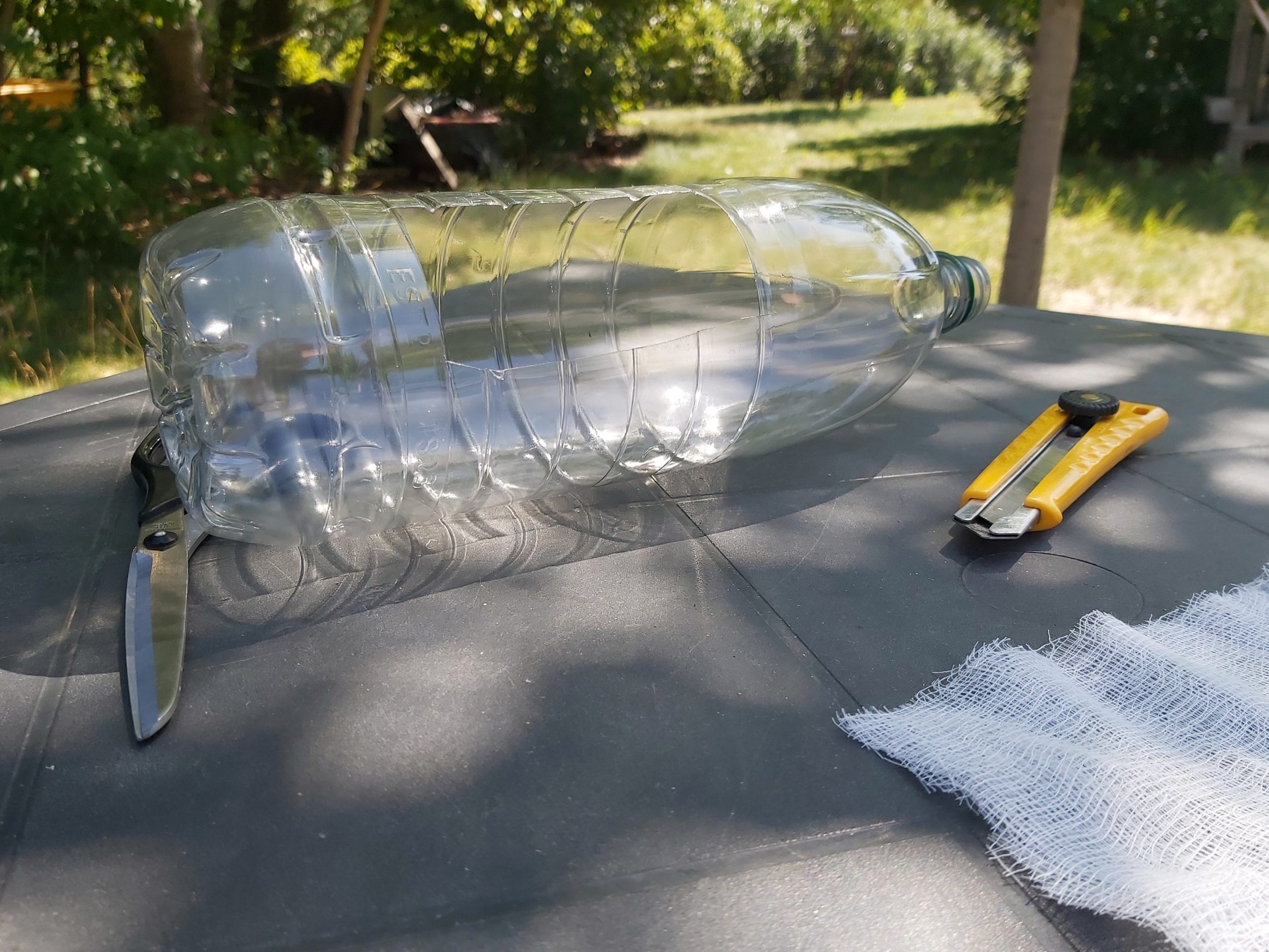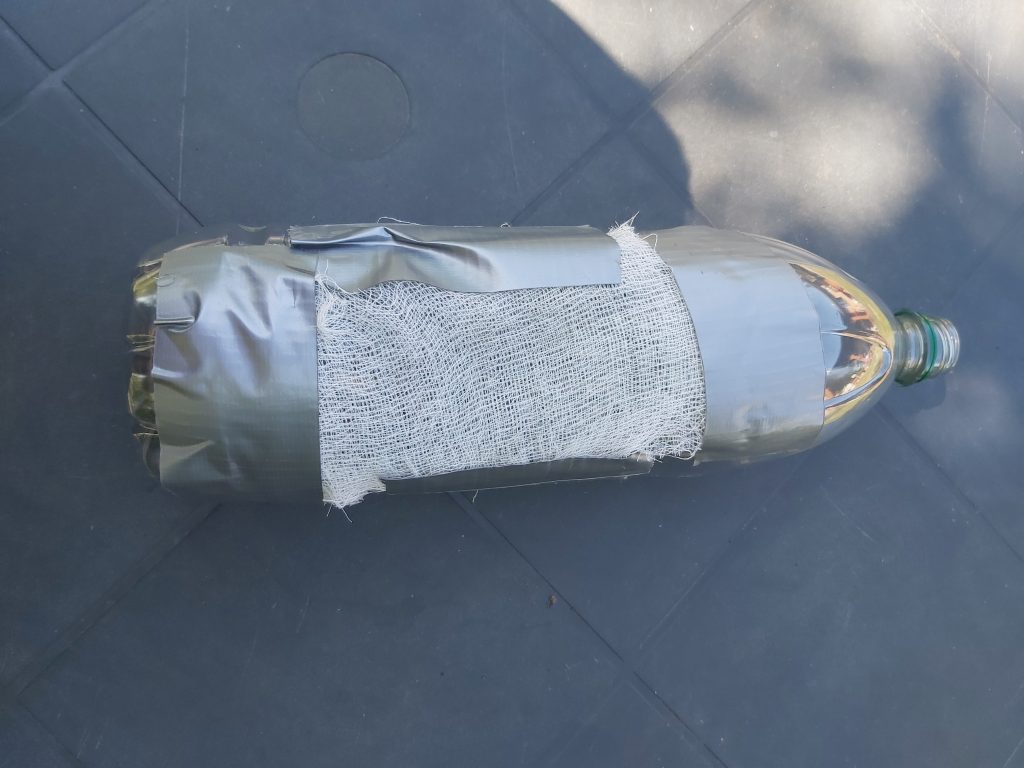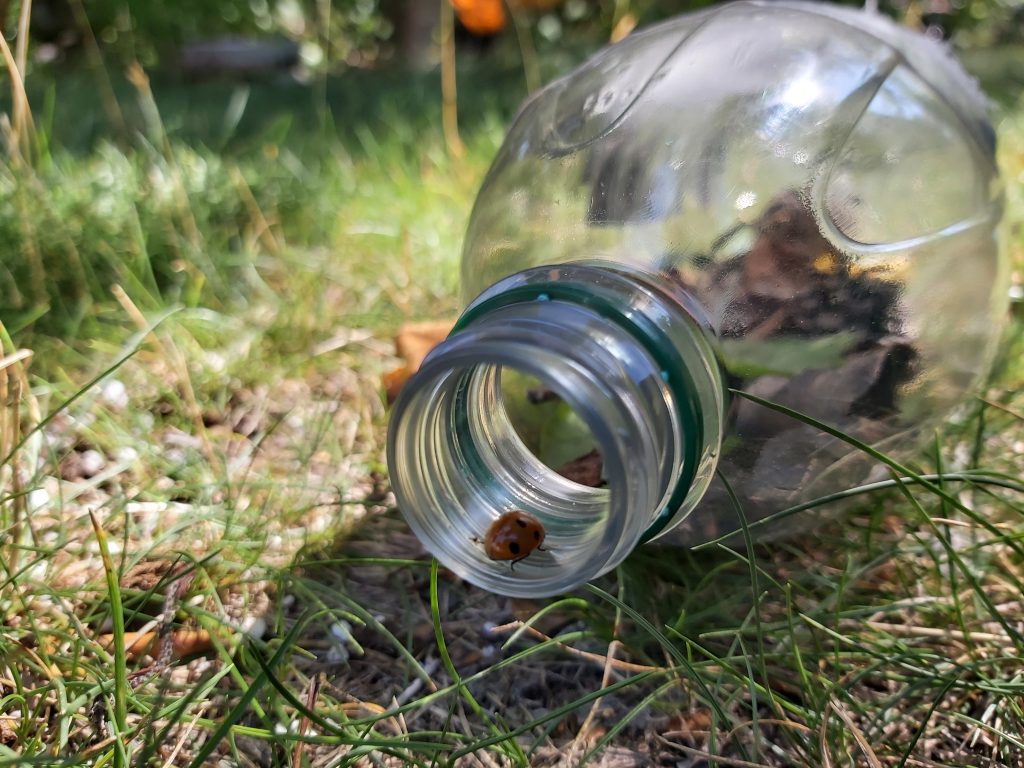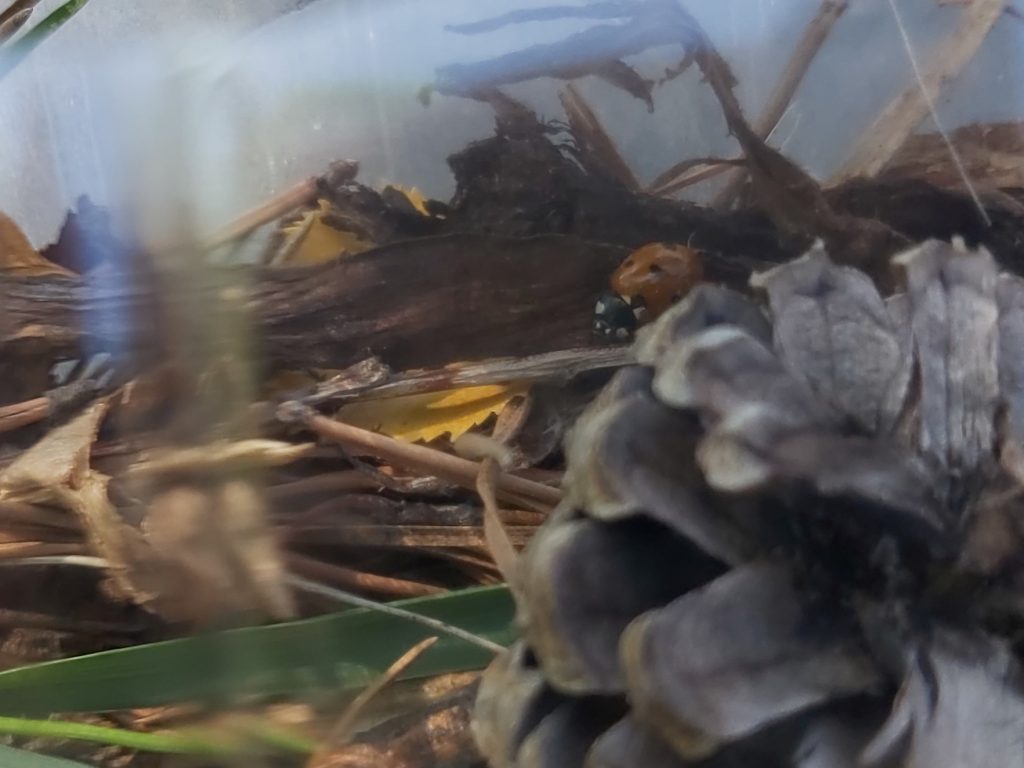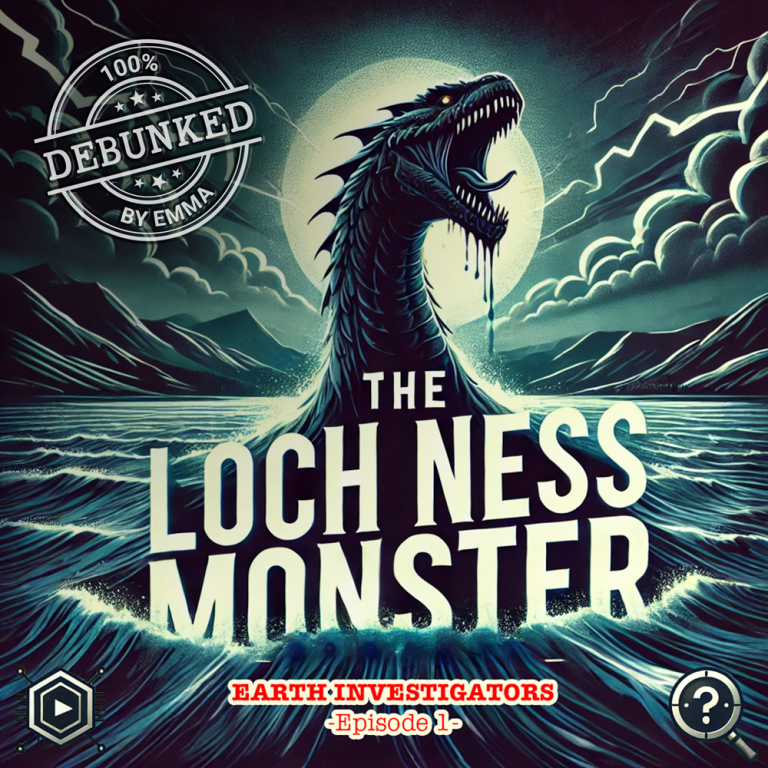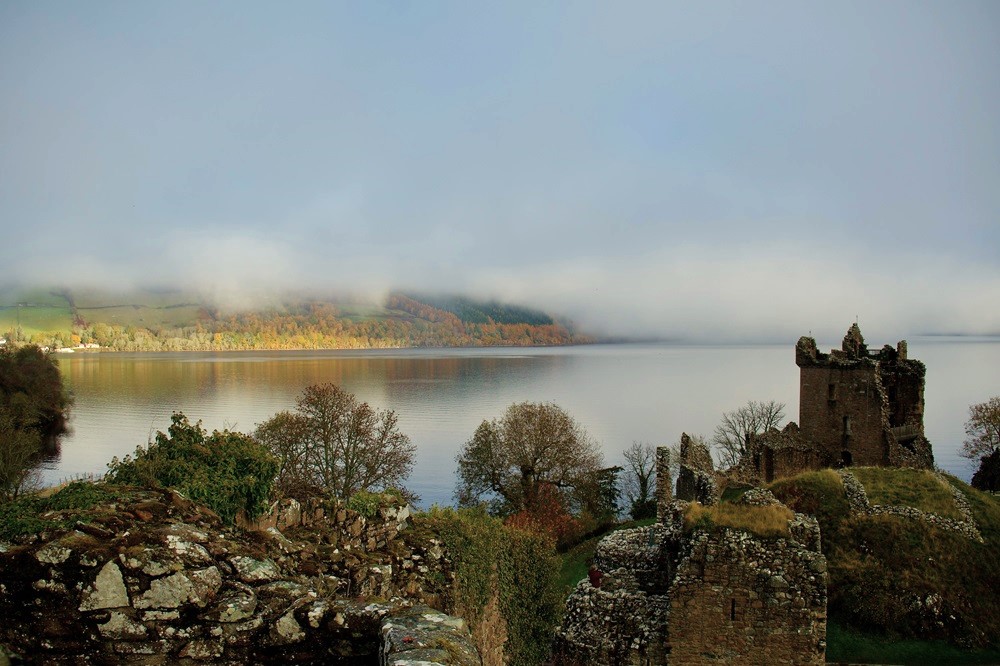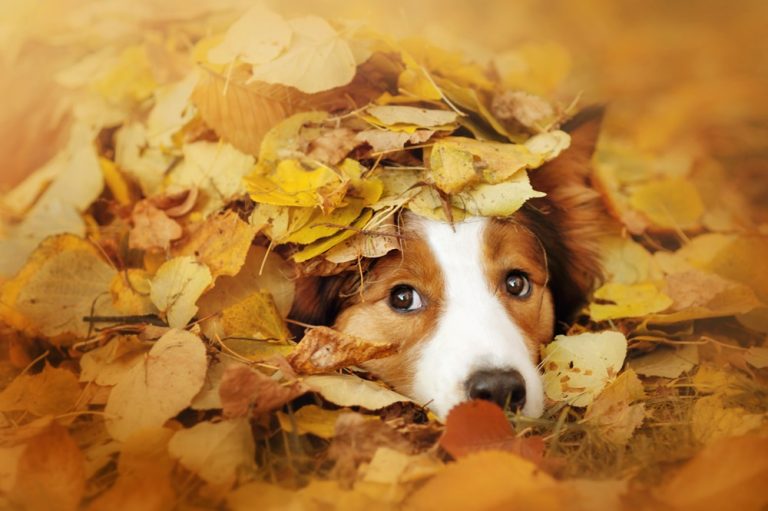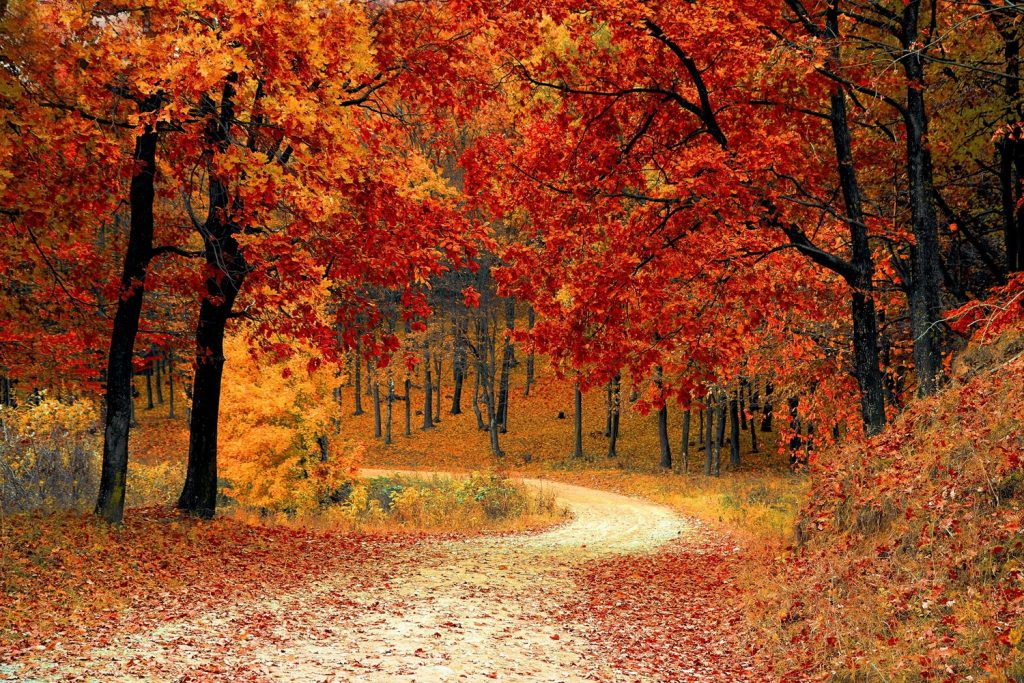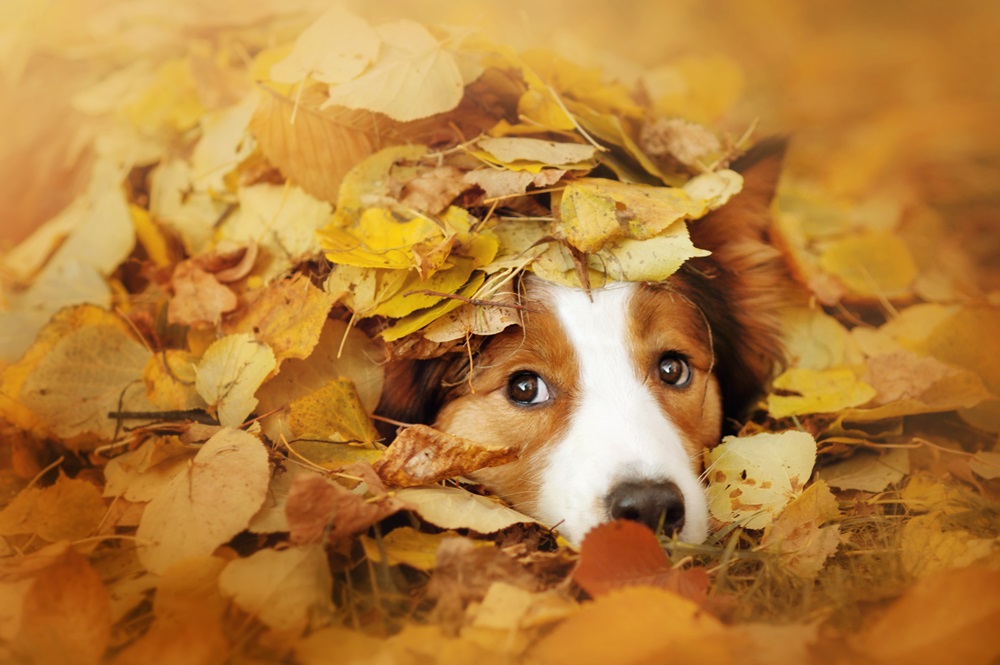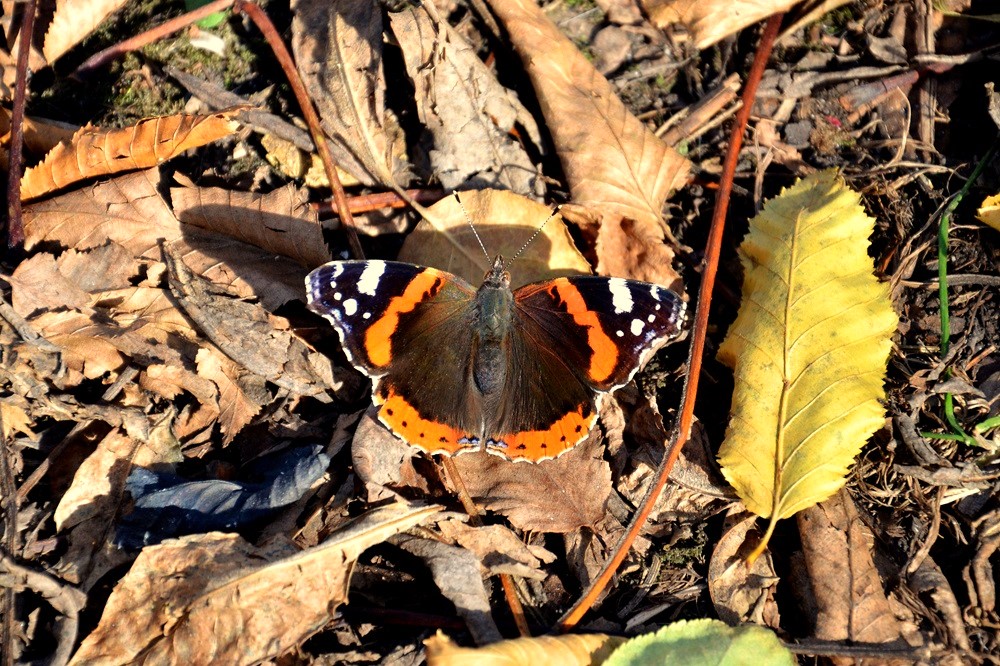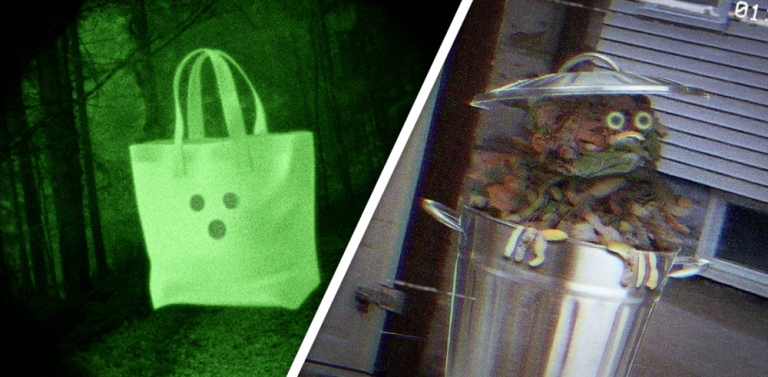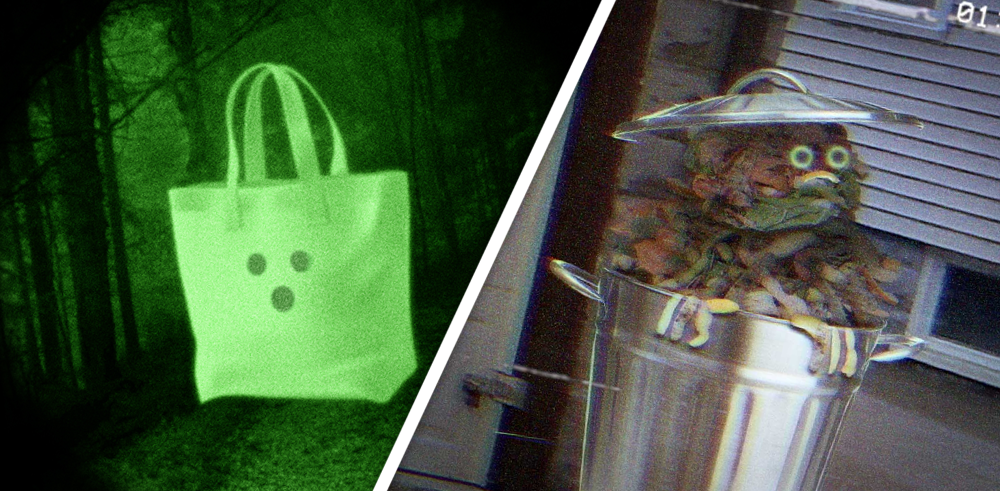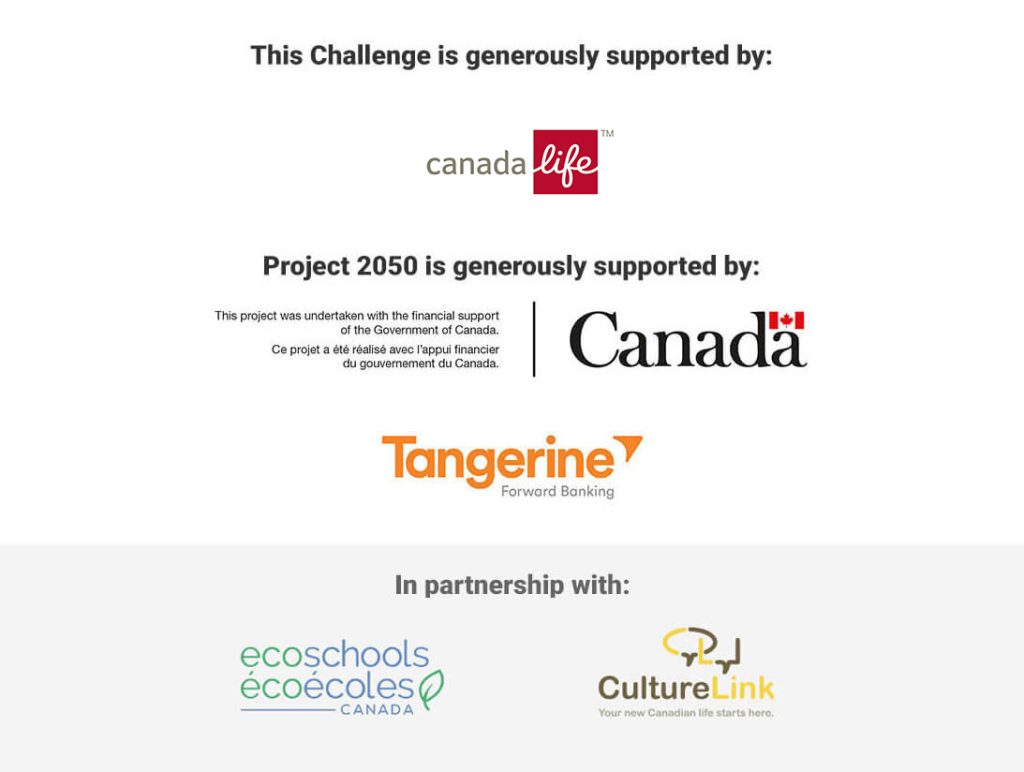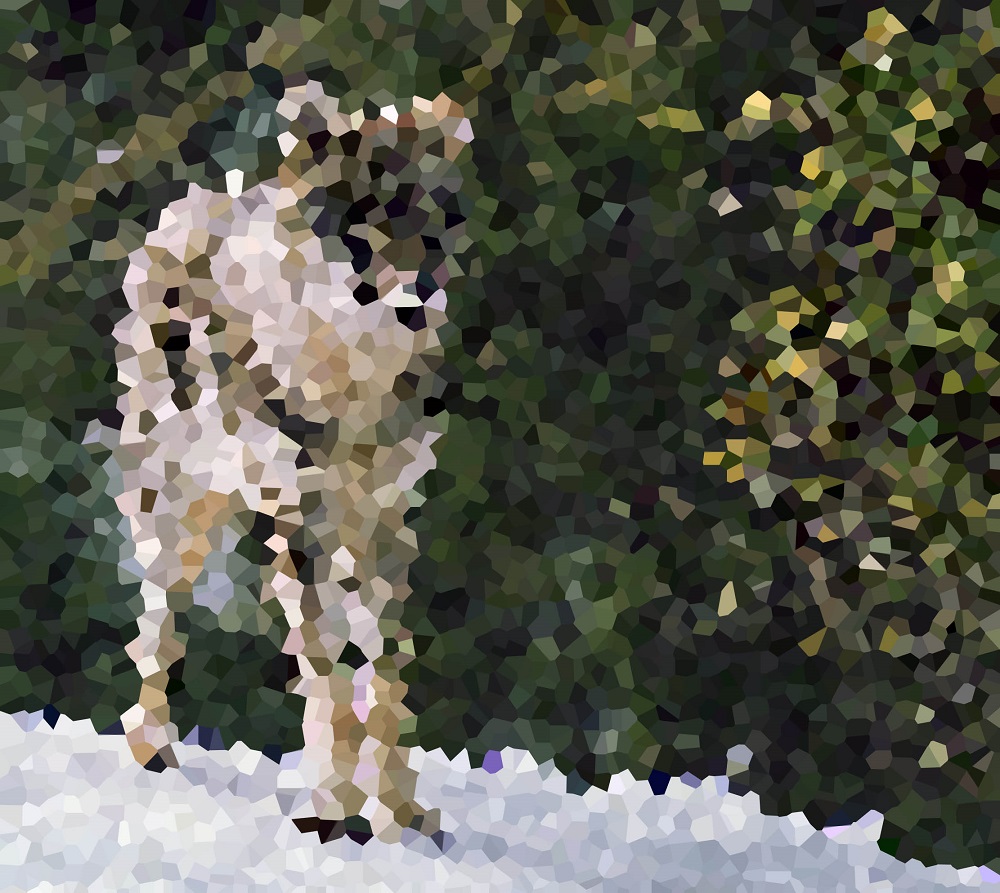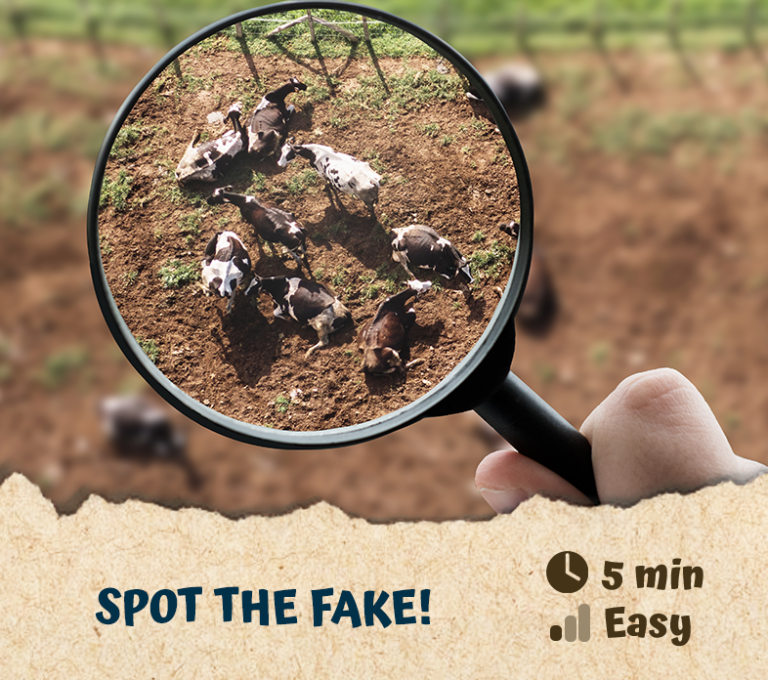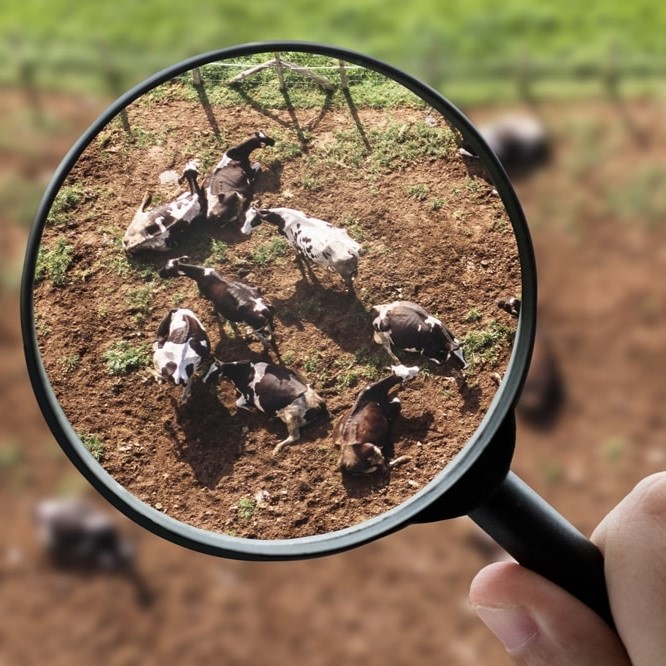Fall leaves clutter the ground, the skies are getting darker and animals are preparing to migrate. This is the perfect time for budding backyard biologists to get out and catch new sights!
What’s a backyard biologist? Well, it’s someone who explores natural areas to study the amazing plants and wildlife they’re filled with! You don’t need to go far: just step out into your garden, visit a nearby park, or walk along a trail. If you head out now, animals of all shapes and sizes will be preparing for the winter to come, and this is the best time to see them!
Don’t Forget This Important Tool!
One important tool for any good backyard biologist is a camera. This can be a phone camera, a small one, or a big fancy one. The type of camera doesn’t matter, it’s the experience and the photos taken that count!
Taking photos of what we’re researching is key to later understanding what happens around us. While you’re on a walk, or simply exploring your backyard, many fabulous moments can be captured and remembered.
Don’t Miss the Small Things!
While you’re out, don’t forget to look down, Earth Ranger! So much happens under our feet that we don’t pay attention to. Lift a couple of dead leaves, and you might find some critters crawling about! A good backyard biologist should investigate these hidden lives.
Need more tips and tricks to become a backyard biologist? Check out the Backyard Biologist Mission! We’ll give you a guide to help you identify your creepy and cool fall findings, and when you submit your Mission, your work as a backyard biologist will become part of what we call “citizen science”, where the public (you, your friends, family, and neighbours) help collect and analyze data that can improve the scientific community. This is super important, but it can also be SUPER FUN!
Don’t Miss the Contest!
Now that you know how important (and fun) citizen science is, and you’re ready to become a backyard biologist, wanna win cool prizes while you’re out?!
Until November 18th 2024, you can win when you enter our Backyard Biologist contest! Submit a picture of the wildlife in your neighbourhood, backyard, or fave outdoor space, and you’ll be entered to win 1 of 3 Canon Rebel R100 Camera Prizes AND a framed piece of your photo from Canon’s frame labs and printing service!
We’ve got 3 categories for you to choose from: Backyard Safari, Critter Closeup, and Water Worlds. You can submit one photo for each, or focus on your best try of one. There’s so much to explore!
So, what are you waiting for? Time to head out!
Click here to learn more and submit your pictures!
The Backyard Biologist Contest is generously supported by:









